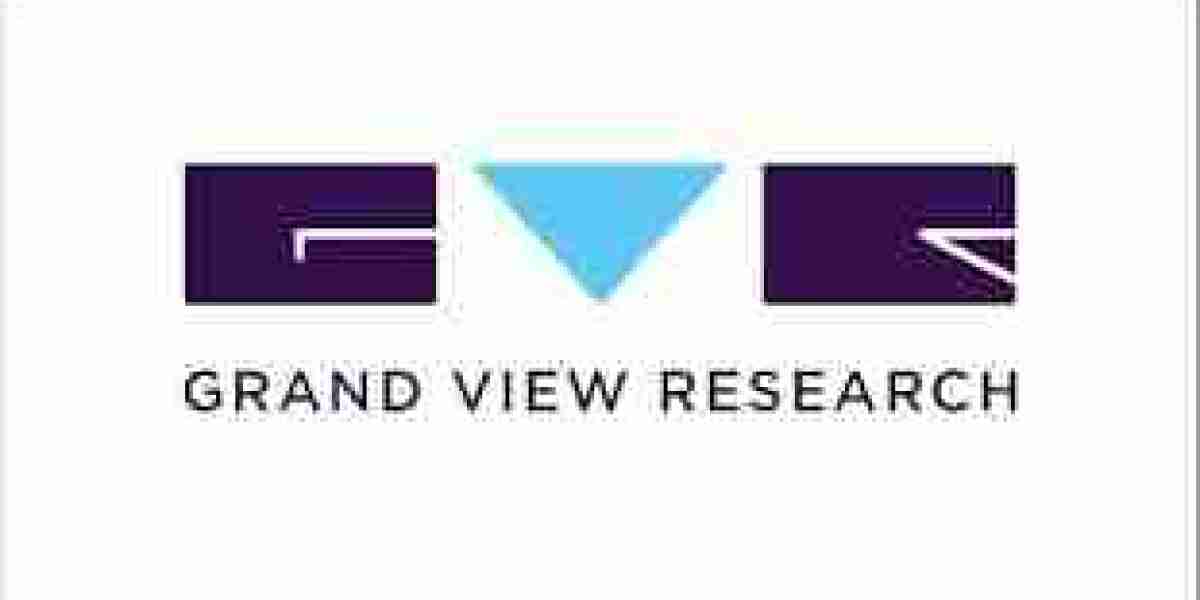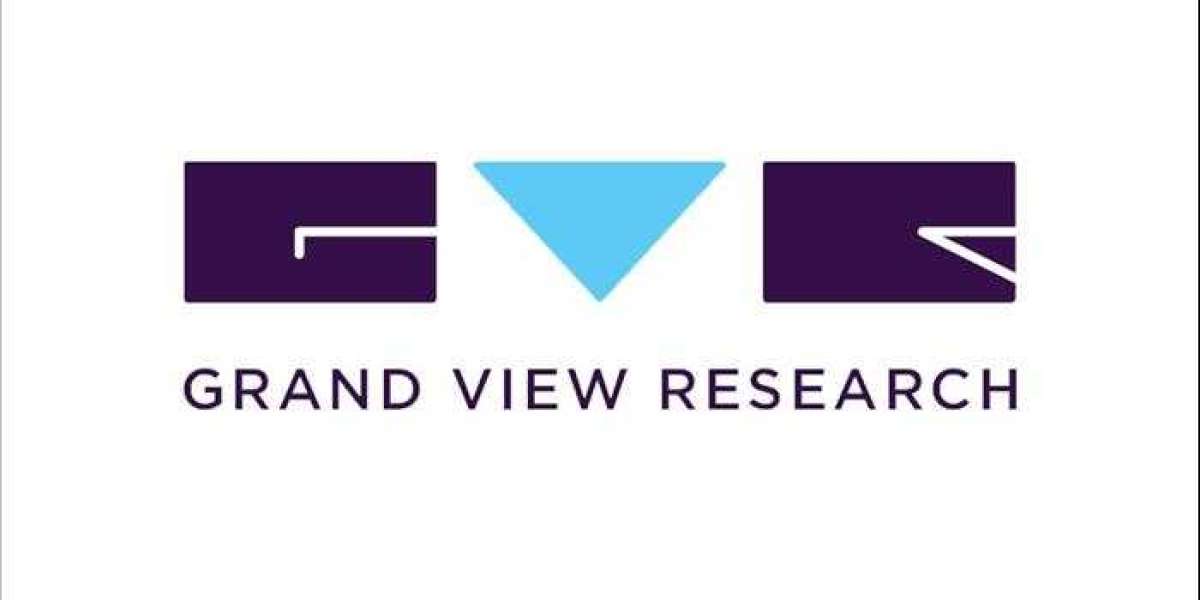Lab Chemicals Category - Procurement Intelligence
The lab chemicals category is expected to grow at a CAGR of 4.3% from 2023 to 2030. The rising research of chemicals in pharmaceutical, healthcare, educational institutions, and research industries is driving the category’s growth. Laboratory compounds are essential in diverse scientific fields such as cytokine and chemokine testing, molecular biology, immunochemistry, carbohydrate analysis, cell/tissue culture, and biochemistry. The use of chemicals in carrying out research and development (R&D) activities in these fields is further aiding expansion.
Laboratory compounds, including bromination and cryogenic reactions, are crucial in numerous industrial processes. The demand for these chemicals is anticipated to rise significantly, driven by increased factory demand. These compounds find applications across various sectors, from national defense and healthcare to life sciences and environmental protection. The escalating use of chemical reagents in both commercial applications and research projects is poised to fuel substantial growth in the demand for lab chemicals.
Order your copy of the Lab Chemicals category procurement intelligence report 2023-2030, published by Grand View Research, to get more details regarding day one, quick wins, portfolio analysis, key negotiation strategies of key suppliers, and low-cost/best-cost sourcing analysis
The growing requirements from biotechnology sector may further contribute to this category’s growth, particularly in the DNA and protein sequencing reagents segment. However, the availability of cheaper laboratory chemicals may limit this expansion. The pharmaceutical industry's enhanced productivity, advancements in disease treatment technologies, and increased R&D investments for sustainable consumer goods are key factors fueling the growth of the laboratory chemicals category during the forecast period.
Demand for technologies such as data analytics, IoT, AI, and advanced manufacturing is driven by advancements in the chemical sector that prioritize digitalization, decarbonization, and automation. Innovations in chemical manufacturing include the usage of alternative energy resources, and additive technologies with extended reality supporting chemical engineers in overcoming workforce shortages and enhancing employee training. 3D printing is automating processes such as electrochemical device fabrication, digital synthesis, and the development of novel materials. Collaborative robots (cobots) assist technicians in hazardous laboratory settings, accelerating production rates. These advancements collectively drive new trends in chemical manufacturing, positioning them among the top industry trends.
Countries such as China, India, the U.S., and Germany are the major global chemical producers. These countries also continue to invest in R&D activities. For instance, in October 2023, the U.S. Department of Energy (DOE) announced a USD 40 million investment that will propel R&D and technological advancements and reduce energy and carbon footprint manufacturing in the process industries.
The major industry leaders continue making significant investments in research and development to diversify their product offerings. They engage in various strategic initiatives, such as introducing new products, forming partnerships/ collaborations, and pursuing mergers and acquisitions to enhance their industry presence. For instance, in September 2023, Avantor collaborated with Tobin Scientific to provide end-to-end services right from research lab relocation, and sample transportation, to storage services.
Lab Chemicals Sourcing Intelligence Highlights
- Lab chemicals production often requires specific raw materials, which can vary as per vendor. As a result, suppliers can have moderate bargaining power. However, there are usually multiple suppliers for basic chemicals, which reduces the dependency on a single source. As a result, the bargaining power of these basic chemical suppliers is low due to presence of many players.
- The category is highly competitive, with many established players and constant research and development activities. Companies compete based on product quality, price, innovation, and customer service. Differentiated products and specialized chemicals can create brand loyalty, but overall, the competition is intense.
- Raw materials, staff salaries, laboratory supplies, equipment and tools, and energy costs are some of the cost components in the category. Other cost considerations include repairs and maintenance, legal costs, insurance, and packaging and transportation.
- To start a business in this category, a company needs to follow regulations specified by various governing bodies. For instance, according to Occupational Safety and Health Administration (OSHA) health standards 1910.1450(a)(2), is required that specifies the limit of employee exposure to hazardous chemicals.
List of Key Suppliers
- Thermo Fisher Scientific
- Avantor
- Merck Group
- Thomas Scientific
- Agilent Technologies
- Perkin Elmer
- TCI America
- BD Biosciences
- AquaPhoenix Scientific
- GE Healthcare
- Bio-Rad Laboratories
Browse through Grand View Research’s collection of procurement intelligence studies:
- Corn Procurement Intelligence Report, 2023 - 2030 (Revenue Forecast, Supplier Ranking & Matrix, Emerging Technologies, Pricing Models, Cost Structure, Engagement & Operating Model, Competitive Landscape)
- Commercial Real Estate Services Procurement Intelligence Report, 2023 - 2030 (Revenue Forecast, Supplier Ranking & Matrix, Emerging Technologies, Pricing Models, Cost Structure, Engagement & Operating Model, Competitive Landscape)
Lab Chemicals Procurement Intelligence Report Scope
- Lab Chemicals Category Growth Rate : CAGR of 4.3% from 2023 to 2030
- Pricing Growth Outlook : 5% - 6% increase (Annually)
- Pricing Models : Volume-based pricing, cost plus pricing, value-based pricing, competition-based pricing
- Supplier Selection Scope : Cost and pricing, past engagements, productivity, geographical presence
- Supplier Selection Criteria : Product range, purity, and grade, end-to-end services, global reach, regulatory compliance, operational capabilities, quality measures, certifications, data privacy regulations, and others.
- Report Coverage : Revenue forecast, supplier ranking, supplier positioning matrix, emerging technology, pricing models, cost structure, competitive landscape, growth factors, trends, engagement, and operating model
Brief about Pipeline by Grand View Research:
A smart and effective supply chain is essential for growth in any organization. Pipeline division at Grand View Research provides detailed insights on every aspect of supply chain, which helps in efficient procurement decisions.
Our services include (not limited to):
- Market Intelligence involving – market size and forecast, growth factors, and driving trends
- Price and Cost Intelligence – pricing models adopted for the category, total cost of ownerships
- Supplier Intelligence – rich insight on supplier landscape, and identifies suppliers who are dominating, emerging, lounging, and specializing
- Sourcing / Procurement Intelligence – best practices followed in the industry, identifying standard KPIs and SLAs, peer analysis, negotiation strategies to be utilized with the suppliers, and best suited countries for sourcing to minimize supply chain disruptions



